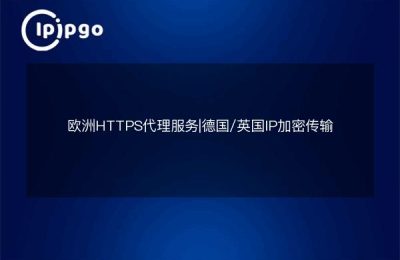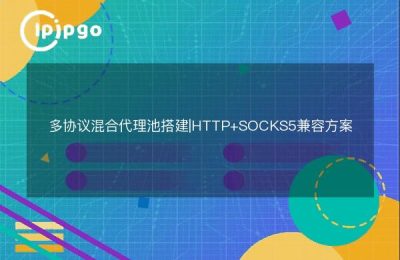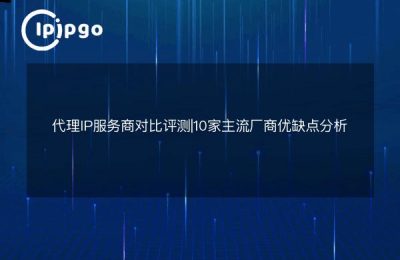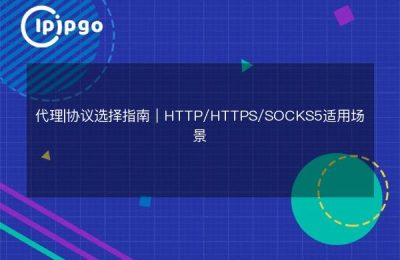
In modern network environments, using HTTP tunneling proxies is an effective way to improve the efficiency of network communications. By implementing an HTTP tunnel proxy in Java, you can better manage network requests and enjoy a more stable connection. In this article, we will provide you with a detailed description of how to implement an HTTP tunnel proxy in Java to help you optimize your network experience.
What is HTTP Tunneling Proxy?
HTTP Tunneling Proxy is a proxy for transferring data over the HTTP protocol. It allows clients to send requests through a proxy server for more flexible network communication. This approach is like finding a fast lane in a busy city, helping you reach your destination quickly.
Steps to Implement HTTP Tunnel Proxy in Java
Preparing the development environment
First, make sure your development environment is ready. You'll need to install Java development tools (such as the JDK) and an integrated development environment (IDE), such as IntelliJ IDEA or Eclipse. it's like packing a bag for a trip, making sure you have everything you need.
Creating a Java Project
Create a new Java project in your IDE. This is the basis for implementing the HTTP Tunnel Proxy, as is choosing a starting point for your journey.
Writing proxy code
Create a new Java class in the project and write the implementation code for the HTTP tunnel proxy. The following is a simple example code that shows how to use the JavaProxyclass andHttpURLConnectionto implement the proxy function:
import java.io.BufferedReader.
import java.io.InputStreamReader.
import java.net.HttpURLConnection.
import java.net.InetSocketAddress.
import java.net.Proxy.
import java.net.URL.
public class HttpTunnelProxyExample {
public static void main(String[] args) {
try {
// Proxy server IP and port
String proxyHost = "Proxy IP address";
int proxyPort = 8080;
// Destination URL
URL url = new URL("http://example.com");
// Create the proxy object
Proxy proxy = new Proxy(Proxy.Type.HTTP, new InetSocketAddress(proxyHost, proxyPort)).
// Open the connection
HttpURLConnection connection = (HttpURLConnection) url.openConnection(proxy);
connection.setRequestMethod("GET");
// Read the response
BufferedReader in = new BufferedReader(new InputStreamReader(connection.getInputStream())); String inputLine; String
String inputLine.
StringBuilder content = new StringBuilder();
while ((inputLine = in.readLine()) ! = null) {
content.append(inputLine);
}
// Close the connection
in.close();
connection.disconnect();
// Output the response
System.out.println("Response content:" + content.toString()).
} catch (Exception e) {
e.printStackTrace();
}
}
}
Run and test
After writing the code, run your Java program and test if the proxy connection works. Ensure that you are able to successfully fetch responsive content from your target site. This step is like testing your route on a journey to see if it is clear.
Considerations for using the HTTP Tunneling Proxy
Ensure the validity of the proxy IP
Before using it, make sure the proxy IP and port are valid and unblocked. It's like confirming the feasibility of a route before traveling to avoid a dead end.
Properly configure network requests
Configure the parameters of network requests, such as timeouts and request headers, appropriately based on demand. This is like adjusting travel plans according to the weather to ensure a smooth journey.
summarize
With the above steps, you can successfully implement HTTP Tunnel Proxy in Java to enhance your network communication efficiency. We hope that this article provides you with valuable guidance to make you more comfortable in the digital world to deal with a variety of network environments. Whether you are a novice or an experienced developer, mastering the implementation of HTTP tunneling proxies is a critical step in optimizing your network experience.








